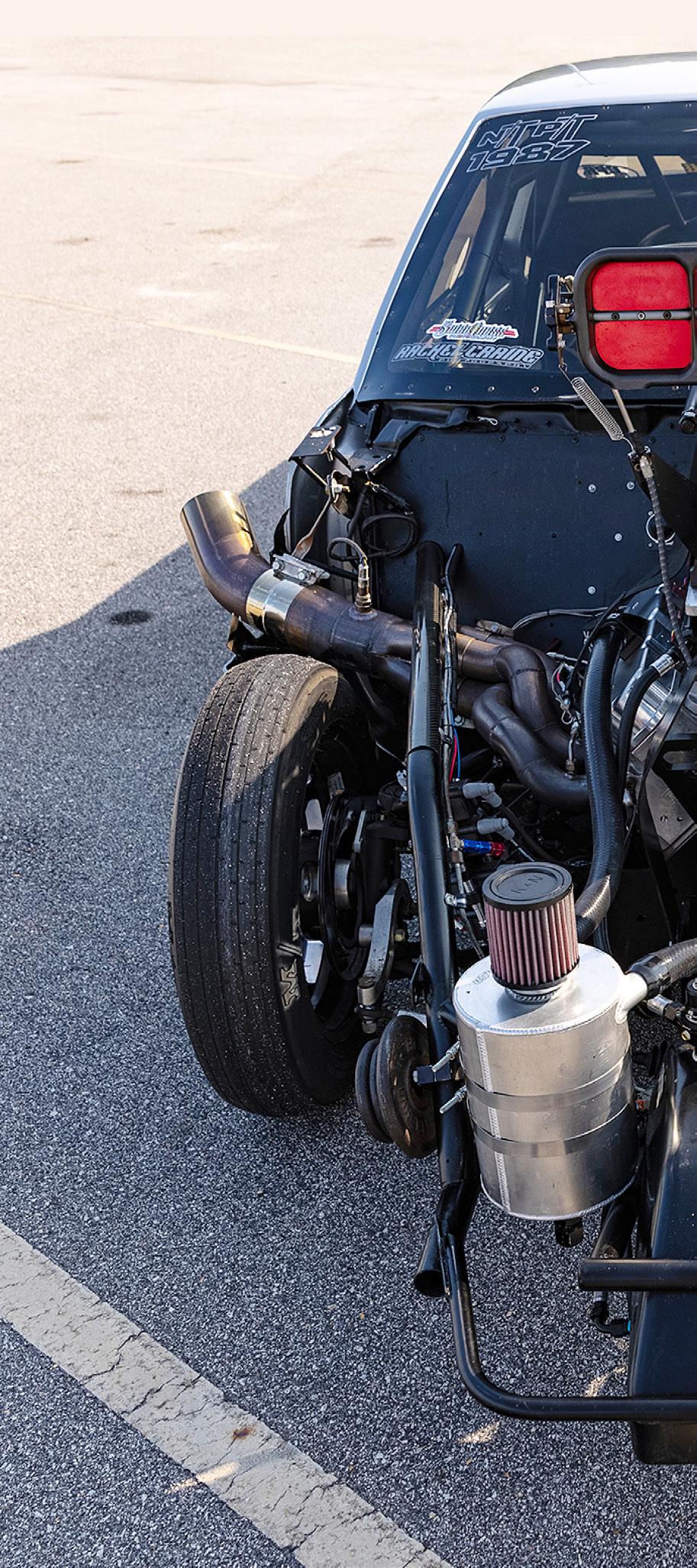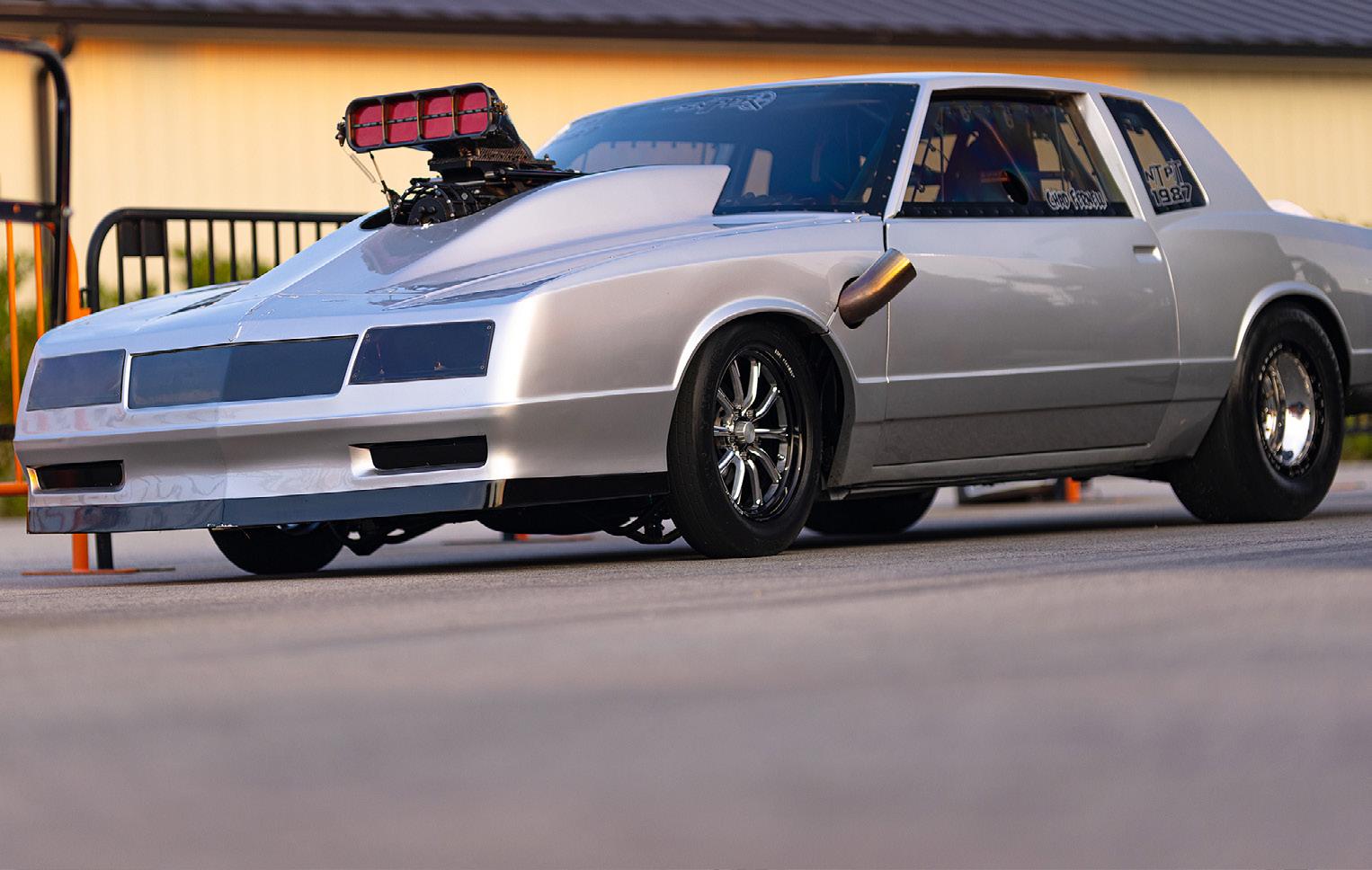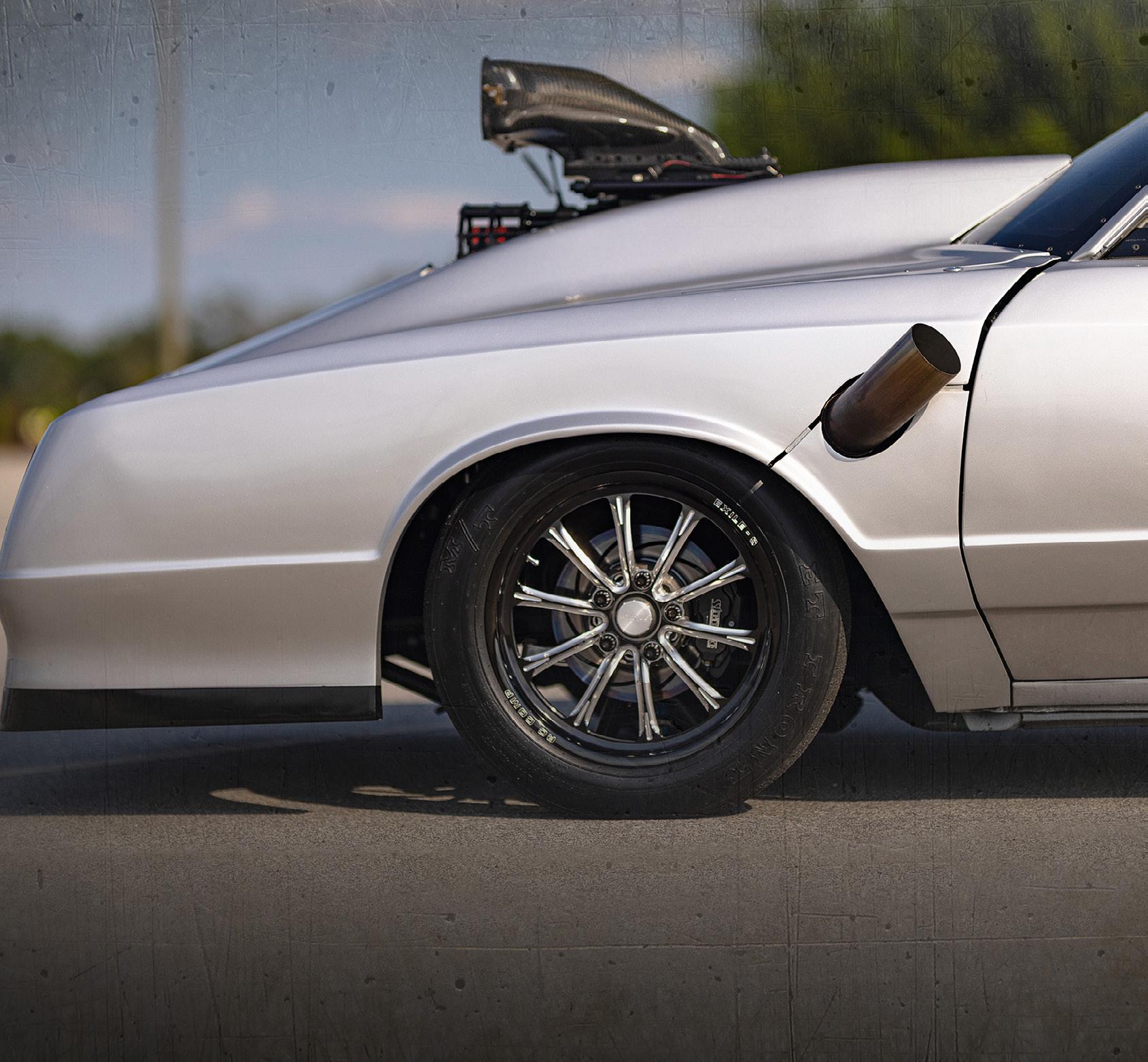


Many of the car styles offered by the Big 3 looked great, but almost all lacked any type of substantial horsepower due to tougher new emissions laws throughout North America. Thankfully, it wasn’t too long before manufacturers figured out how they could build decent “cleaner” power – with the Buick Grand National and Mustang GT being two solid examples of how this new evolution in engines started.

The second generation of General Motors’ G-Body platform ran production from 1982-1988 across several brands including the Buick Regal, Oldsmobile Cutlass, Pontiac Grand Prix Chevrolet Malibu and of course, the Monte Carlo. Each of these were good looking cars with the 2 door Malibu and Monte Carlo among the most popular in the mix, and it wasn’t long before gearheads started swapping out their horsepower-limiting smog-legal parts for hardcore go-fast goodies.


The mid-1970s and well into the 1980s would unfortunately be one of the less stellar times for our beloved high horsepower engines.








Not just for drag racing, CALTRACS for TRUCKS will help eliminate wheel hop and “chatter” during starting, hard acceleration, going up hills... even on the launch ramp. CalTracs maintains pinion angle and prevents the axle wrap which could damage your suspension. Bolt on (most applications), Black powder coated. Detailed Illustration Installation Guide included. Monster Kits available. Your parts may differ from photos and mock up.





















ly setting it up for a small block with nitrous. Eventually, he crossed paths with some well-known radial tire racers, Jeff and Patrick Miller, and they talked him into trying a different type of power adder; boost. But not just the usual turbo or centrifugal blower, no sir, instead Fernell went big and bad, mixing old school with high tech in his towering roots-blown LS build.
Eric Kenward originally built “Sniper” (as the Monte

is known) at EKR for X275 as his personal car, however, since Chad is a big no-time racer, a few chassis items needed attention for the new combination and what better place to take it than to the people who helped talk him into changing it. Jeff at BumbleBee Racing took care of the chassis and suspension tweaks needed to compete in no-time trim with the new boosted motor, but don’t think this is a full-on chassis car, as it still sits on the stock


Chad’s SS was originally built for 275 racing by Eric Kenward and has most of the OEM steel except for a fiberglass VFN frontend and doors, and a custom wing.






frame with modified stock style suspension.




Chad threw the book from TRZ Motorsports under the G-Body with their upper and lower a-arms up front with coilover shocks and both upper and lower arms along with an anti-roll bar from TRZ out back, also with coilover shocks. A Fab 9-inch rear end built by TRZ hangs in place and was treated to 40 spline gun drilled axles and matching spool.

Aside from the VFN front end, doors, and BumbleBee Racing built wing, the rest of the body is factory. Jeff painted the Monte Carlo in Chevrolet’s own Sebring Silver Metallic and used black and machined RC Components wheels wrapped in Mickeys to finish off the clean look of the SS. The 15x12s in the rear are clad with class-standard 275 tires.

Out of the ordinary indeed!
Ok, first off it’s a G-Body GM; next, it has a Honeycutt Racing Engines built Roots-blown LS mill between the rails.




The skinnies up front are 17x4.5 and aftermarket brakes have been installed on all four corners which, along with the rear ’chute, slow the Sniper down on the big end.

The original High Output 5.0 L V8 in the Monte Carlo SS was rated at a stunning 180 horsepower, and honestly, at almost 3,400lbs it was not a standout performer. Most harder core folks swapped out the 305-incher for either a larger cube, more flexible small block or a big block, and some went a few steps further and installed a power adder with nitrous oxide being the most popular of the



All of the original interior is long gone in favor of weight-saving components such as the custom dash and carbon door panels.



day. As you might have (instantly) guessed, that 305 is nowhere to be found in Fernell’s build and instead a heavily fortified Dart block-based LS with Kobelco 1071 Roots huffer on top now sits between the rails.

Since this is a grudge and notime car, we don’t have extensive engine details, suffice it to say though, changes from Jim Honeycutt of Honeycutt Racing Engines were many. The rotating assembly consists of a Callies billet crank, GRP billet aluminum rods and custom Ross pistons. Jim’s camshaft spec’d for the blower combination completes the short block and with large amounts of boost in mind, BR7 heads from Brodix were used to provide the path of least resistance. No traditional intake manifold here as a cast unit was modified to accept the blower. If you’ve ever stood beside or even


close to a blower car in the burnout, you’ll know that you can actually “feel” the horsepower, and Jeff Miller fabricated the custom high-mount exhaust headers exiting out of the front fenders behind the front tires to help onlookers enjoy that earth shaking tone.



A custom 2-speed TH
400 transmission was built by Cameron’s Torque Converter Services who also supplied the specially modified converter for use with the roots style blower. The original SS interior was forfeited in favor of lightweight components to help in weight loss. A new dash was fabricated to fit

The original SS interior was forfeited in favor of lightweight components to help in weight loss.





While Chad has not seen a ton of hits in the Monte, he has had his fair share of runs…we just can’t share the performance numbers with you or his cover would be blown! His favorite experience to date though is still that very first hardcore burnout at the track in a blower car!


in the factory space and carbon door panels were installed, but Fernell opted to keep the interior carpeted. The rear seat has also been removed. Holley EFI is integrated into controlling as many vehicle functions as possible and their digital display was also installed in the dash panel, with associated control boxes and wiring affixed
to the passenger side firewall for easy access. The certified jungle-gym-like cage that surrounds Chad was fabricated in conjunction with the factory framerails and firewall.

Going to most any dragstrip today can be a fairly repetitive experience as far as brands and models are concerned, dominated by Fox era Fords

















